Finding the most effective strategies for teaching writing is critical for building students’ writing skills. In this post, I’ll share the top 3 strategies for teaching writing that you need to try out in your classroom this school year.
Strategies for Teaching Writing
Writing is one of the most important skills to teach. Students will need written communication skills throughout their lives, and as teachers we are helping them build the foundation for those skills during their school years.
Without the right strategies for teaching writing, it can become a difficult subject to teach and a boring subject for students to learn. However, there are a ton of effective strategies to try.
These 3 must-try strategies for teaching writing will keep your writing lessons fun, effective, and engaging for your students.
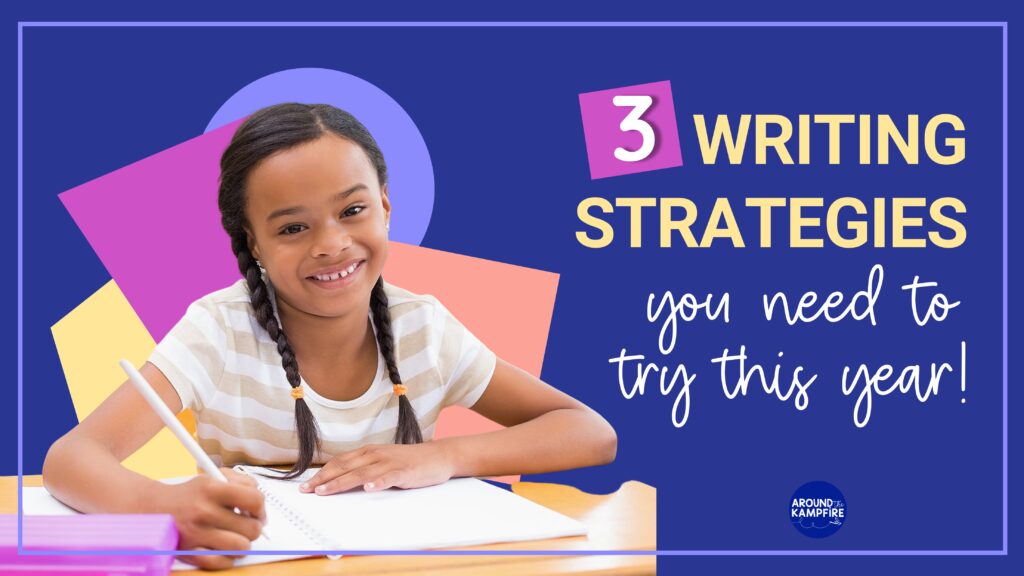
1. Short & Effective Writing Mini-Lessons
Start each writing period with a targeted 10-minute mini-lesson on the focus skill for the day. Each mini-lesson should focus on one specific skill. For example, one mini-lesson would cover how to write a strong “hook” or leading sentence in your writing. Another whole mini-lesson could cover a strong topic sentence.
During a mini-lesson, make sure to model the writing skill you are teaching. Use mentor texts to help students see how the skill is applied in writing. Anchor charts are a great tool to use during mini-lessons to help students consolidate their understanding of the skill.
Breaking down the writing process into bite-sized pieces will help students build confidence in their writing. It will also help them feel like writing is more manageable.
It’s critical to keep the mini-lesson as brief as possible to keep students engaged and to allow them plenty of time for practicing the writing skill.
2. Targeted Daily Writing Tasks for Students
After teaching your mini-lesson, allow students to apply the skill in a targeted writing task. Just like the mini-lesson, the daily writing tasks should be short and precise. These activities should allow students to build upon the previous lessons as they work toward being able to write a complete piece.
As students complete their daily writing tasks, they are building a writing piece–which we call their “masterpiece”–one component at a time. Each day they have the opportunity to immediately practice and apply the mini-lesson skill.
Working in a step-by-step fashion like this takes away the pressure and intimidation of students immediately writing a complete piece. These daily activities help students feel strong and confident in their writing skills.
Have students set up and maintain an organized writing notebook at the beginning of the year. Students can use these notebooks for drafts, editing, and revisions. Another option is to use binders with dividers to organize different types of writing and any notebook reference sheets you might use.
3. Keep All Students on the Same Pace
These short writing mini-lessons and writing tasks are most effective when all students can stay on the same pace in their masterpiece writing project.
Manage your early finishers by setting up a routine with students. Early finishers can work on a different story or report in the back of their writing notebook while others finish their daily task on their masterpiece.
I have my students follow two rules for the extra stories that they write. First, they have to write in the same genre that we are studying and practicing with at that time. Second, they have to attempt to use the skills and strategies covered in the mini-lessons.
Join the Writing Masterclass
These strategies are part of the Not So Wimpy Writing Process taught by Jamie from Not So Wimpy Teacher. She teaches these strategies and several others in her online professional development course for teachers in grades 2-5.
The Not So Wimpy Writing Masterclass is a self-paced professional development program that is available completely online. The program teaches you, step-by-step, how to become a successful writing teacher who inspires students and transforms them into great writers.
Transform Your Writing Workshop
The Not So Wimpy Writing Masterclass gets results. By the end of this program, you’ll know how to:
- Turn your students into skilled writers who love writing so much, they beg for more writing time!
- Follow a process for teaching writing that makes it simple, effective, and even joyful to teach writing.
- Create manageable mini-lessons to teach.
- Find time every day for writing instruction and weekly conference time for all of your students.
- Help your students get the skills they need to perform well on standardized tests.
- Take all the mystery, overwhelm, stress, and anxiety out of teaching writing.
If you want to make teaching writing easy, and transform your writing workshop, I highly recommend you check out the Writing Masterclass.
Check out the details and sign up HERE.

I hope you’ll try these simple writing strategies with your elementary students as they become more confident writers!
Find more writing ideas in these posts:
Activities to Teach Quotation Marks & Dialogue in Writer’s Workshop
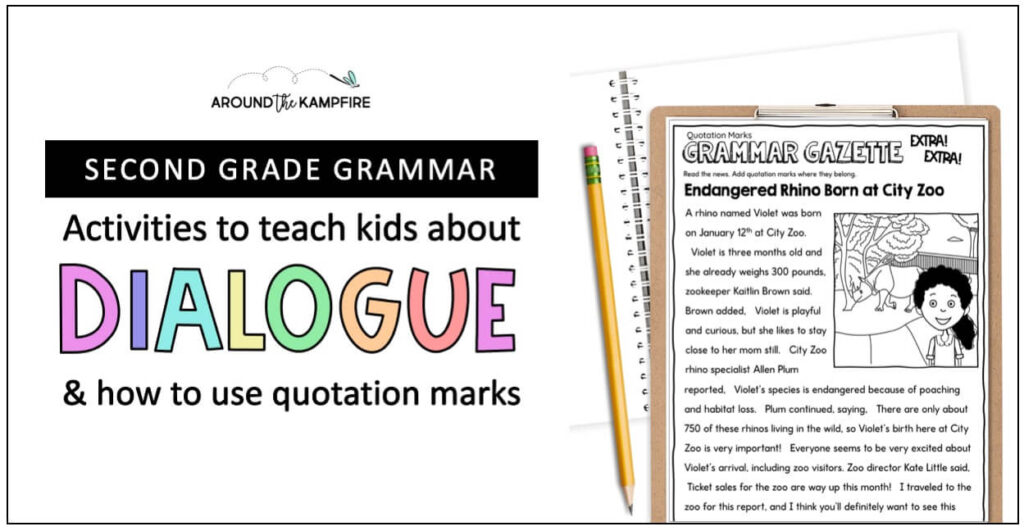
Fostering the Home & School Connection with Friday Letters
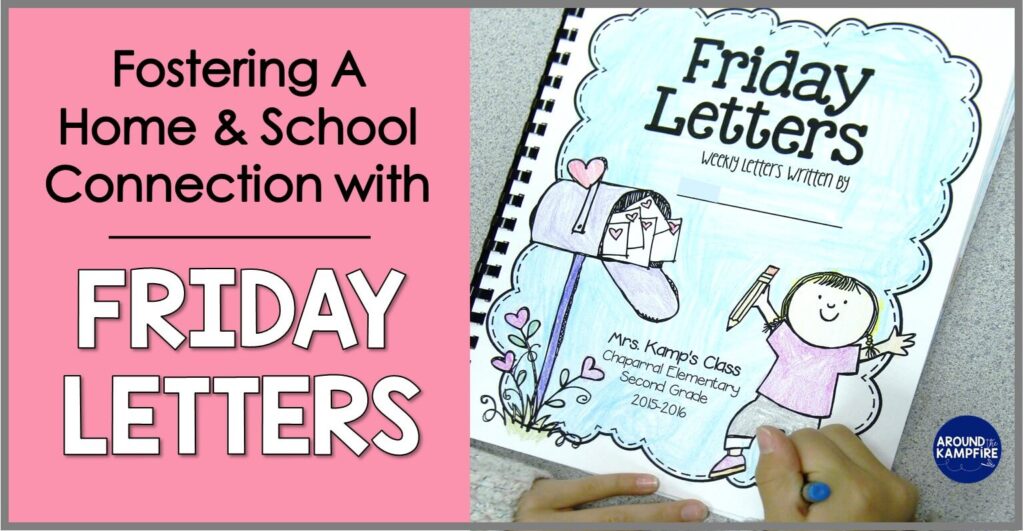
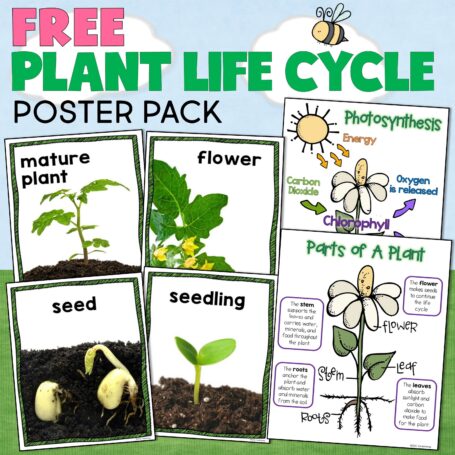
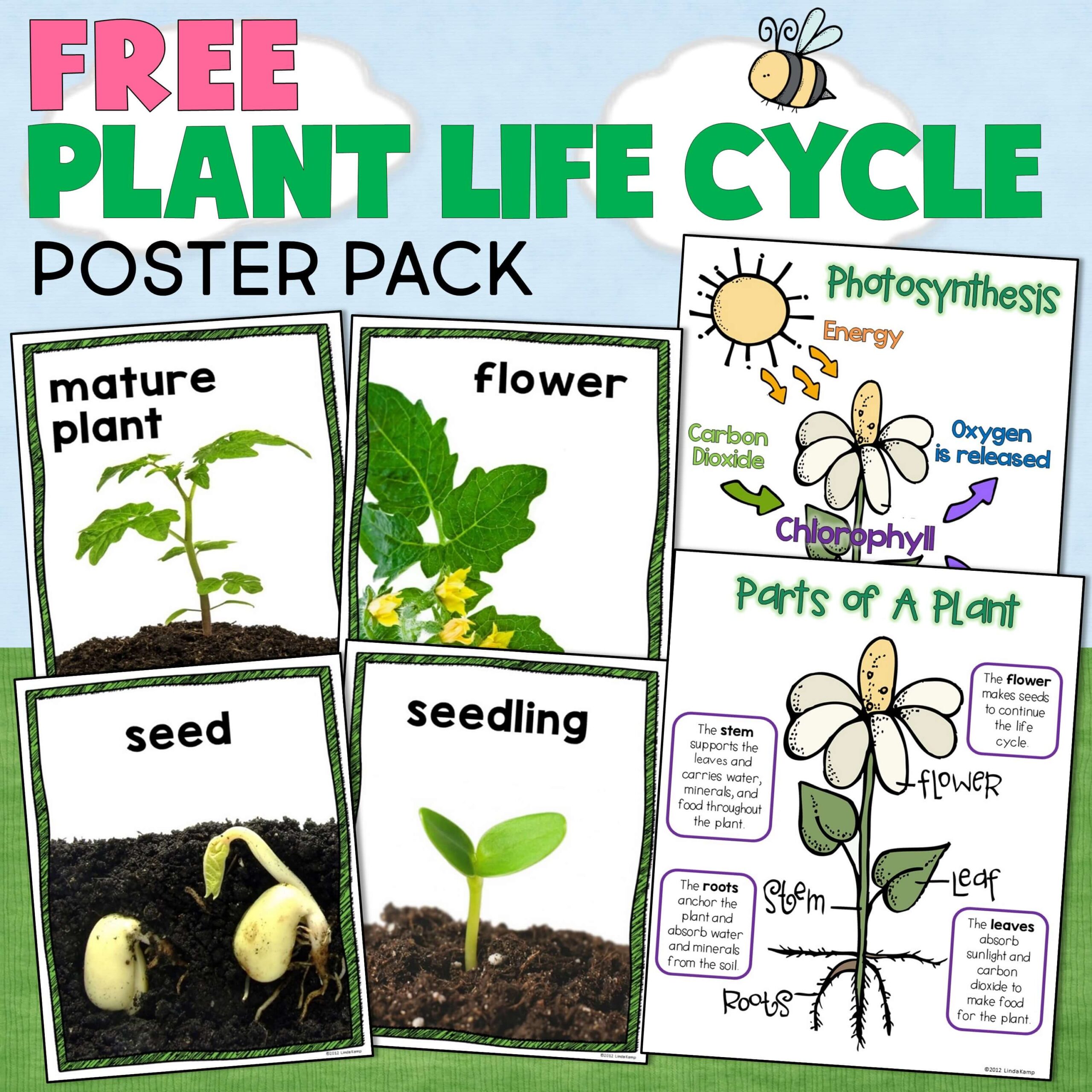




Leave a Comment